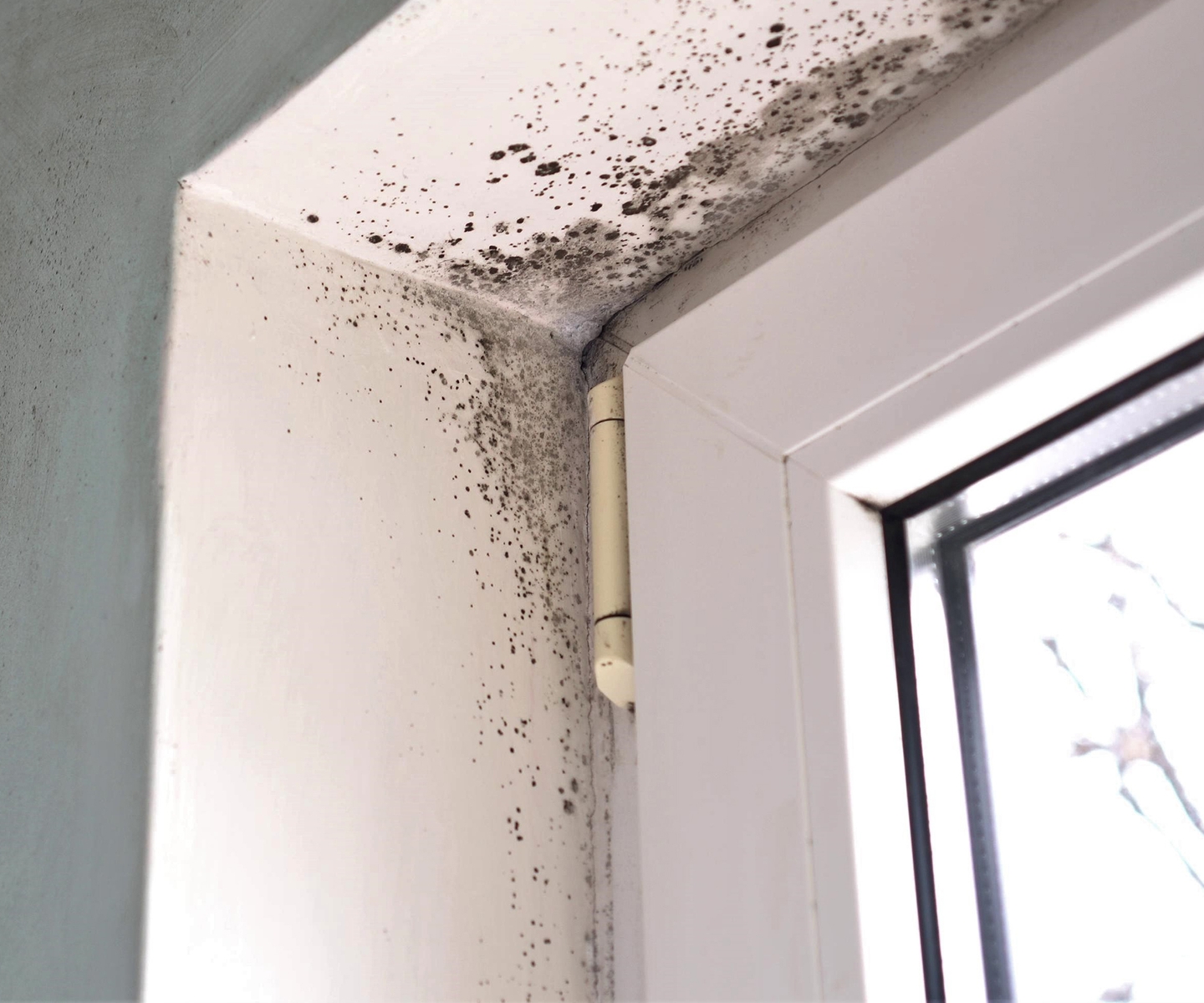Comprehensive Post Mold Remediation Procedures
Comprehensive Post Mold Remediation Procedures
Blog Article
Professional Tips for Article Mold And Mildew Removal Success
In the world of mold and mildew removal, effectively removing mold and mildew is only half the battle; the true challenge exists in avoiding its reappearance. By adhering to expert tips and ideal practices, people can guard their areas against mold renewal and preserve a healthy and balanced indoor environment.
Monitor Moisture Levels Routinely
Regular surveillance of moisture levels is crucial in making certain the performance of article mold removal initiatives. After completing mold removal treatments, preserving optimum moisture levels is crucial to avoid mold re-growth and ensure a healthy interior atmosphere. Monitoring moisture levels enables very early detection of any kind of spikes or variations that might possibly cause mold and mildew rebirth. High humidity degrees above 60% create a helpful atmosphere for mold and mildew to grow, making regular keeping an eye on a proactive procedure to avoid any type of future mold and mildew issues - Post Remediation Inspection near me.
Furthermore, establishing a routine schedule for moisture checks, particularly in high-risk areas such as basements, bathrooms, and cooking areas, is an aggressive technique to mold prevention. By regularly keeping track of moisture levels, property proprietors can effectively minimize the risk of mold reoccurrence and preserve a healthy interior setting post-remediation.
Conduct Thorough Inspections Post-Remediation
Complying with the completion of mold and mildew remediation treatments, it is crucial to carry out comprehensive assessments to validate the performance of the removal process. These post-remediation assessments are crucial in guaranteeing that the mold issue has actually been effectively attended to and that there is no recurrence or remaining mold and mildew development. Evaluations ought to be brought out by certified professionals that have proficiency in determining mold and mildew and evaluating indoor air quality.
During these evaluations, different methods such as aesthetic assessments, air sampling, and surface tasting might be employed to extensively review the remediated locations. Visual evaluations involve a detailed assessment of the premises to check for any kind of visible indications of mold and mildew growth or water damages. Air sampling assists in determining the air-borne mold and mildew spore degrees, while surface area tasting can identify mold fragments on surfaces.
Implement Correct Ventilation Strategies
After ensuring the effectiveness of the mold removal process via extensive inspections, the next essential step is to focus on executing proper air flow techniques. Ample air flow is essential in stopping mold and mildew reoccurrence by controlling moisture degrees and promoting air flow.
Appropriate ventilation not only aids in stopping mold and mildew growth yet also contributes to the overall health and convenience of residents. By guaranteeing sufficient ventilation throughout the building, you can reduce the threat of mold and mildew regrowth and produce a much healthier living atmosphere.

Usage Mold-Resistant Materials for Services
To enhance the long-term efficiency of mold and mildew removal efforts, including mold-resistant products for repairs is important in reducing the danger of future mold growth. Mold-resistant products are created to endure moisture and inhibit mold and mildew growth, making them a vital option for areas vulnerable to moisture and moisture. When repairing locations impacted by mold and mildew, utilizing materials such as mold-resistant drywall, mold-resistant paints, and mold-resistant caulking can assist stop mold and mildew reappearance.
Mold-resistant drywall is an outstanding choice to conventional drywall in areas like basements and bathrooms where moisture levels are greater. This type of drywall has an unique coating that withstands mold development also when subjected to damp problems. In addition, using mold-resistant paints including antimicrobial agents can further prevent mold and mildew advancement on ceilings and walls.
In locations where wetness is typical, such as bathrooms and kitchens, utilizing mold-resistant caulking around tubs, sinks, and windows can help secure out water and protect against mold and mildew from taking hold in fractures and holes. By top article investing in these mold-resistant materials during repairs post-remediation, you can significantly minimize the likelihood of future mold and mildew problems and preserve a try this healthier indoor environment.
Maintain Sanitation and Address Water Issues
After mold removal, it is vital to maintain a clean setting to prevent the regrowth of mold. Leakages, water breach, or high humidity levels can create the excellent breeding ground for mold, so it is crucial to repair any type of water-related troubles instantly.
To preserve sanitation, consider using HEPA filters in vacuums and air cleansers to trap mold spores and prevent their circulation in the air. Making certain correct air flow in locations susceptible to moisture build-up, such as washrooms and cooking areas, can aid maintain moisture degrees in check. By remaining watchful about cleanliness and dealing with water concerns without delay, you can effectively protect against mold and mildew reinfestation and preserve a healthy and balanced interior environment.
Conclusion

In the realm of visit this web-site mold and mildew removal, successfully eliminating mold is just half the fight; the real difficulty exists in preventing its reappearance. After completing mold and mildew removal procedures, maintaining ideal moisture levels is crucial to stop mold and mildew re-growth and ensure a healthy and balanced indoor atmosphere. High humidity levels over 60% produce a helpful setting for mold and mildew to thrive, making normal keeping track of a positive procedure to stop any type of future mold and mildew concerns.
To boost the long-term efficiency of mold remediation efforts, integrating mold-resistant materials for fixings is crucial in reducing the danger of future mold and mildew growth. After mold removal, it is critical to keep a tidy atmosphere to protect against the regrowth of mold and mildew.
Report this page